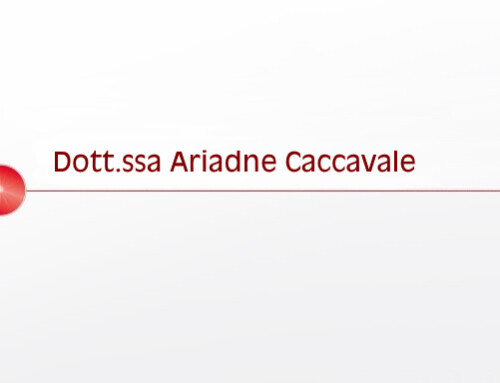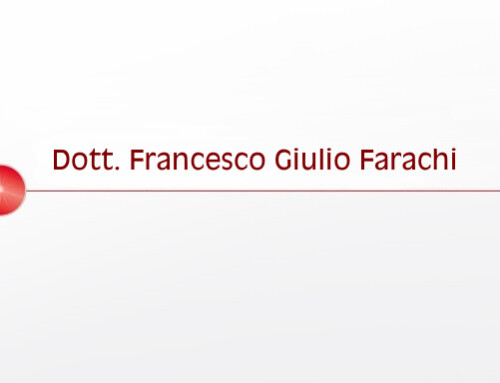
![]()
[…] mi congratulo con Lei per i suoi lavori che ritengo interessanti ed intriganti oltre che pregni di significati e riferimenti culturali. Le sue opere sono colte e desumono spunti tanto dal surrealismo quanto dal simbolismo ermetico.
Credo peraltro che Lei abbia veduto nel surrealismo la ripresa e la rettifica della poetica simbolista : ripresa in quanto assume la forma come allusiva e non esplicita;
rettifica in quanto elimina dal simbolo formale ogni implicazione spiritualistica.
Si astiene nell’esplicitare le immagini; segue percorsi articolati con ritorni ed accelerazioni consapevole delle debolezze del movimento dell’anima. Al di là dell’immagine dunque si coglie l’esistenza di una struttura interiore che si rivela per segni.
Le opere esprimono una forte poetica surrealista con il compiacimento per le associazioni impossibili, seppur misteriosamente motivate. Immagini sognate attraverso le quali si scopre l’assurdità del banale; immagini di significato misterioso laddove il colore netto e chiaro, senza sfumati, denota forza e personalità.
Nell’opera Giano bifronte vedo il protagonista come il simbolo del doppio : l’immagine del dio dai due volti che guardano in direzione opposta separando il passato dal futuro. La figura ambigua dunque come elemento simmetrico in un gioco allusivo e non esplicito – il conscio e l’inconscio – . D’altronde la divinità preposta al governo delle porte e dei ponti più in generale rappresentava ogni forma di passaggio e mutamento come l’antitesi tra la vita e la morte. La sua opera rappresenta per me il contrasto tra sogno e realtà, in sostanza l’assurdità del banale.
Le opere Allegoria della lussuria e La Misericordia; nella prima emerge il dualismo laddove Dante identifica la lussuria con la lince e quindi la rappresenta come una forza latente che afferra e travolge. La Misericordia, invece, quindi il perdono, assume nel suo dipinto una forma ascensionale, come si trattasse di una fuga piramidale accelerata.
L’ opera poi Fantasia di ventagli ,a mio avviso, risente del movimento artistico Dada giacchè l’immagine statica dei ventagli distrugge la funzione stessa dell’oggetto, tematica questa ben cara al Dadaismo.
Architetto Aldo Imer – Esperto d’ arte
Napoli, Luglio 2015
![]()
[…] I congratulate myself with you as I find your works of art interesting and intriguing in addition to them being full of cultural references and underlying meaning. Your artwork is cultured and clearly derives from surrealist and hermetic symbolism.
I believe furthermore that you have seen in surrealism a sort of reclaim and amend to the symbolist poetry: reclaim as it manifest shape in an alluding manner and not explicitly; amend as it eliminates from the formal symbol, any kind of spiritual implication.
You abstain from explicit images; you follow structured paths with returns and accelerations conscious of the weaknesses of the movement of the soul. Apart from the image, the existence of an internal structure which manifests through signs can be gathered.
The artworks express a strong surrealistic poetry with a gratification for impossible associations, mysteriously motivated. Images only dreamt of through which the absurdity of commonplaces can be discovered; images of mysterious meaning where the light and bold colour, without any sfumato, identify strength and personality.
In the painting Giano Bifronte I see the main figure as a symbol of duality: the image of the two-faced god that looks in opposite directions separating thus past from future. The ambiguous figure representing a symmetrical element in an allusive and not explicit game – the conscious and sub-conscious-. After all the divinity designated to govern doors and bridges more generally represented a sort of passage way and transition, like the antithesis between life and death.
Your art piece represents, in my interpretation, the contrast between dream and reality, the absurdity of the ordinary.
The paintings Allegoria della lussuria and La Misericordia; in the first a duality emerges in which Dante identifies lust with the lynx and represents it as a latent energy that grasps and overcomes. La Misericordia (or otherwise the forgiveness) on the other hand, takes on an ascending shape, as if it were an accelerated pyramidal escape.
For the art piece Fantasia di ventagli, I believe the influence is from the Dada artistic movement as the static images of the fans destroy the object’s same function, being this a dear theme to Dadaism.
Architect Aldo Imer – Art expert
Naples, July 2015




